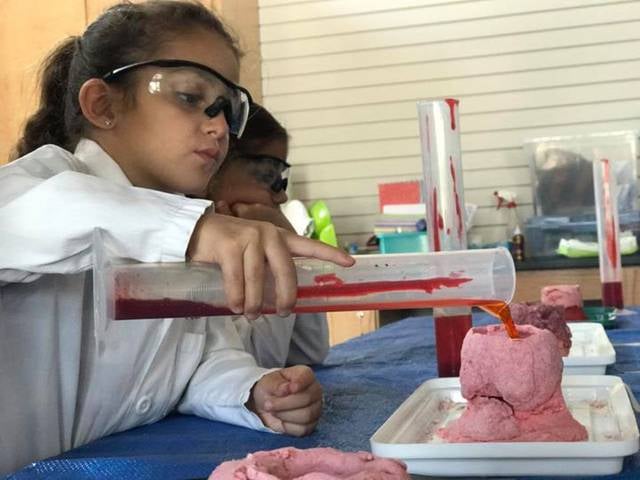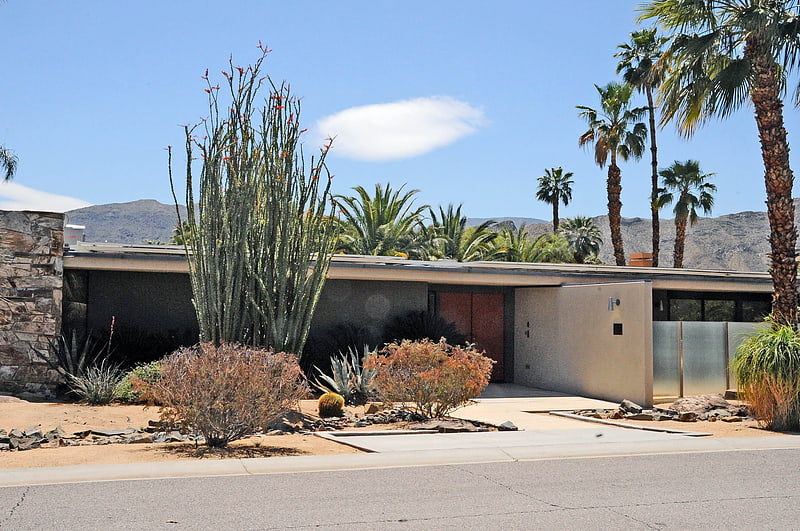Discover 4 hidden attractions, cool sights, and unusual things to do in Rancho Mirage (United States). Don't miss out on these must-see attractions: Agua Caliente Casino Resort Spa, Rancho Mirage Public Library, and Children's Discovery Museum of the Desert. Also, be sure to include Kenaston House in your itinerary.
Below, you can find the list of the most amazing places you should visit in Rancho Mirage (California).
Table of Contents
Agua Caliente Casino Resort Spa

Hotel. The Agua Caliente Casino is a gambling facility, run by the Agua Caliente Band of Cahuilla Indians, in Rancho Mirage, California. The facility has over 45,000 square feet of gambling floor. The casino completed a 16-story, 173-foot hotel tower which opened on April 18, 2008. The tower is the third-tallest building in the Inland Empire.
The paved and landscaped parking lot on the property was, nearly 40 years before, a sandy patch of desert, across which Jonathan Winters drove a moving van, in the film It's a Mad, Mad, Mad, Mad World.
The Agua Caliente Band also runs the ‘’’Spa Resort and Casino’’’ in nearby Palm Springs, California, which became Agua Caliente Casino Palm Springs in 2019.[1]
Address: Rancho Mirage, 32-250 Bob Hope Drive, Rancho Mirage, CA 92270
Rancho Mirage Public Library

Top attraction, Library
Address: 71100 Highway 111, 92270-4123 Rancho Mirage
Children's Discovery Museum of the Desert

Top attraction, Children's museum, Museum
Address: 71701 Gerald Ford Dr, 92270-1934 Rancho Mirage
Kenaston House

The Kenaston House is a historic building located in Rancho Mirage, California. The building is a fine example of the residences that master architect E. Stewart Williams designed between 1947 and the end of the 1960s. The single-story structure features a flat roof, deep overhangs, and large glass surface areas with sliding glass doors that facilitate its indoor-outdoor flow. He also integrated natural materials into the design that includes native rock used on some of the interior and exterior walls, and wood finishes that are used for the interior cabinets, doors, and walls. The house was listed on the National Register of Historic Places in 2016.[2]